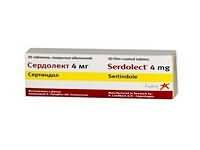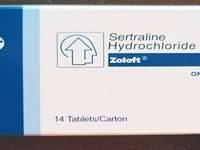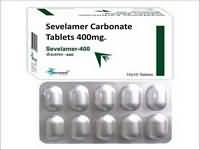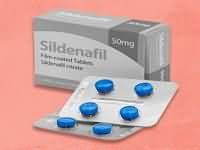Dexketoprofen
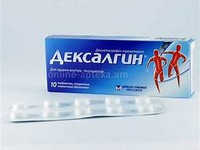
Dexketoprofen
CLINICAL USE
NSAID and analgesicDOSE IN NORMAL RENAL FUNCTION
12.5 mg every 4–6 hoursor 25 mg every 8 hoursPHARMACOKINETICS
DOSE IN RENAL IMPAIRMENT
GFR (mL/MIN)
DOSE IN PATIENTS UNDERGOING RENAL REPLACEMENT THERAPIES
IMPORTANT DRUG INTERACTIONS
Potentially hazardous interactions with other drugsACE inhibitors and angiotensin-II antagonists: antagonism of hypotensive effect; increased risk of nephrotoxicity and hyperkalaemiaAnalgesics: avoid concomitant use of 2 or more NSAIDs, including aspirin (increased side effects); avoid with ketorolac (increased risk of side effects and haemorrhage)Antibacterials: possibly increased risk of convulsions with quinolonesAnticoagulants: effects of coumarins enhanced; possibly increased risk of bleeding with heparins and coumarinsAntidepressants: increased risk of bleeding with SSRIs and venlafaxineAntidiabetic agents: effects of sulphonylureas enhancedAnti-epileptics: possibly increased phenytoin concentrationAntivirals: increased risk of haematological toxicity with zidovudine; concentration possibly increased by ritonavirCiclosporin: may potentiate nephrotoxicity Cytotoxic agents: reduced excretion of methotrexate; increased risk of bleeding with erlotinibDiuretics: increased risk of nephrotoxicity; antagonism of diuretic effect, hyperkalaemia with potassium-sparing diureticsLithium: excretion decreased Pentoxifylline: increased risk of bleeding Tacrolimus: increased risk of nephrotoxicityADMINISTRATION
Reconstition
–Route
OralRate of Administration
–Comments
–OTHER INFORMATION
Inhibition of renal prostaglandin synthesis by NSAIDs may interfere with renal function, especially in the presence of existing renal disease – avoid if possible; if not, check serum creatinine 48–72 hours after starting NSAID – if raised, discontinue NSAID therapyUse normal doses in patients with ERF on dialysis if they do not pass any urineUse with caution in renal transplant recipients – can reduce intrarenal autocoid synthesisDexketoprofen should be used with caution in uraemic patients predisposed to gastrointestinal bleeding or uraemic coagulopathies.
See how to identify renal failure stages according to GFR calculation
See how to diagnose irreversible renal disease
Home



